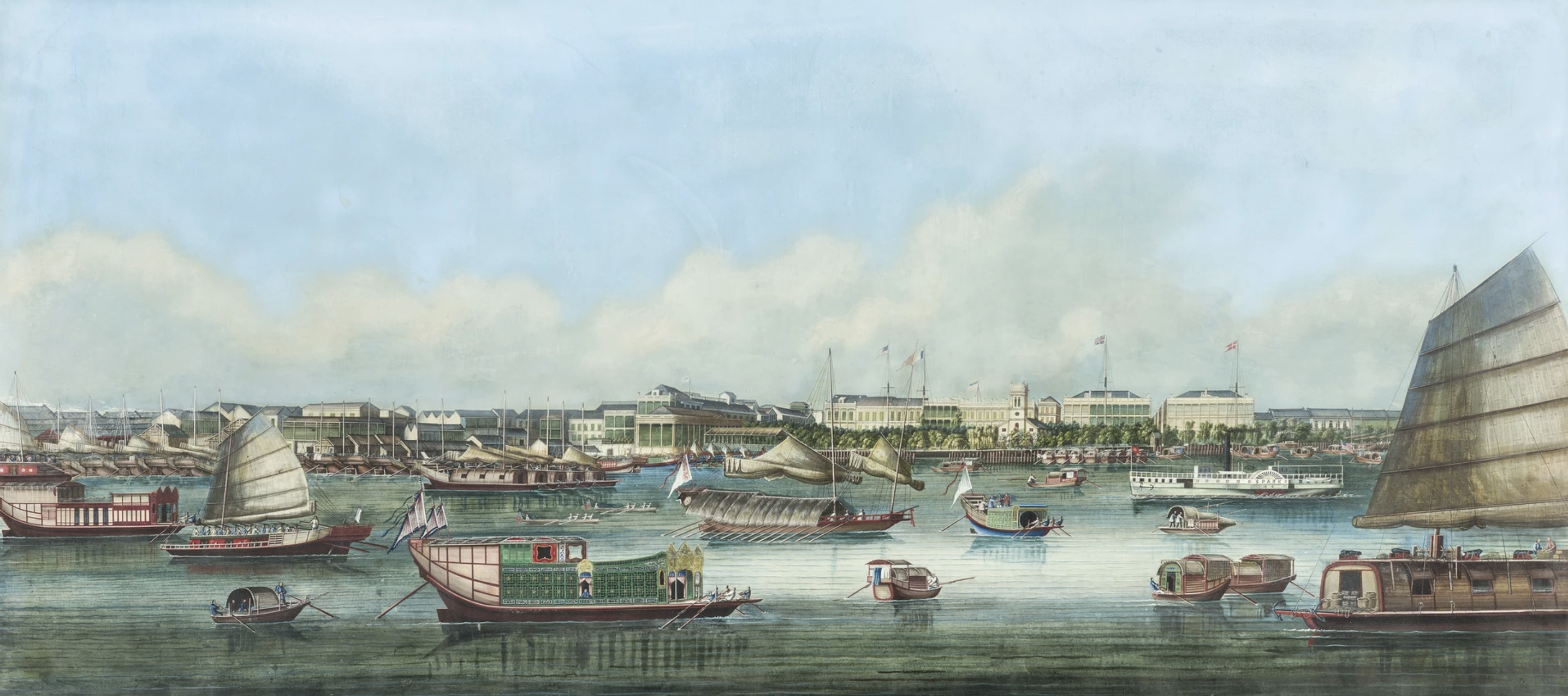The subject of this course is the history of maritime Asia, particularly East and Southeast Asia, from the fifteenth to the early nineteenth centuries. If there is something we could refer to as a transition, would it be one related to a shift from being a not-so-maritime Asia to a relatively more-maritime Asia, or vice versa? Or perhaps the question should be one regarding a transition from one kind of Asia to another; for instance, from being secluded to embracing openness on its way to progress, or from being fairly continental to more maritime. Are there any fundamental differences between the conception of a maritime Asia and of a maritime Europe? These questions sound teleological in that the people of the time would hardly have made these enquiries. In the present century, however, it is imperative that we ask these questions in order to better situate Asia, especially during the early modern era, within a broader global context. In this seminar we will focus on a variety of themes so as to identify whether there were transitions and/or transformations in the history of maritime Asia that helped formulate the geopolitical order, cultural landscape/seascape, and trading networks of the Asian Pacific region and beyond. Throughout the course we will regard the ocean itself as an important segment of the world, whose fate is entwined with that of the human race. Using both textual and non-textual historical materials, we will critically examine various topics ranging from stories of an admiral, policy makers, and pirates, to the histories of a port city, an island, and a vast swath of sea space.

HY4B4: WT Maritime Asia in Transition, 1405-1839
The subject of this course is the history of maritime Asia, particularly East and Southeast Asia, from the fifteenth to the early nineteenth centuries. If there is something we could refer to as a ...